I tried to create some numbers and rename the output columns with the np.arange loop as the following:
def conditional_zero_column(filename="random.csv"):
df = pd.read_csv(filename)
for i in np.arange(0.6,1.0,0.01):
df['reject'+str(i)] = np.where(df['expected_discount'] < i, df['expected_discount'], i)
df['reject'+str(i)] = np.where(df['reject'+str(i)] >= i, df['reject'+str(i)], 0.0)
df.to_csv("random_data4.csv", index=False)
The conditional number part worked for me.
The columns' names were fine between columns reject0.6-reject0.68.
After that, all columns' names turned to reject with the unexpected numbers, e.g., reject0.6900000000000001, reject0.8000000000000002, reject0.9900000000000003for all other columns as the attached the picture shows.
[column names] 
I am curious why the numbers are different after 0.69. I tried to simply replace np.arange with np.linspace, but it doesn't work for me.
Am I wrong with any part?
I appreciate any help you can provide.